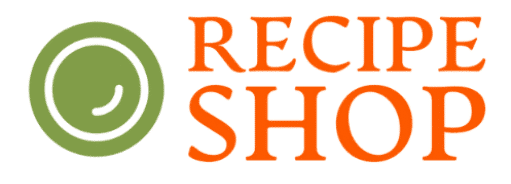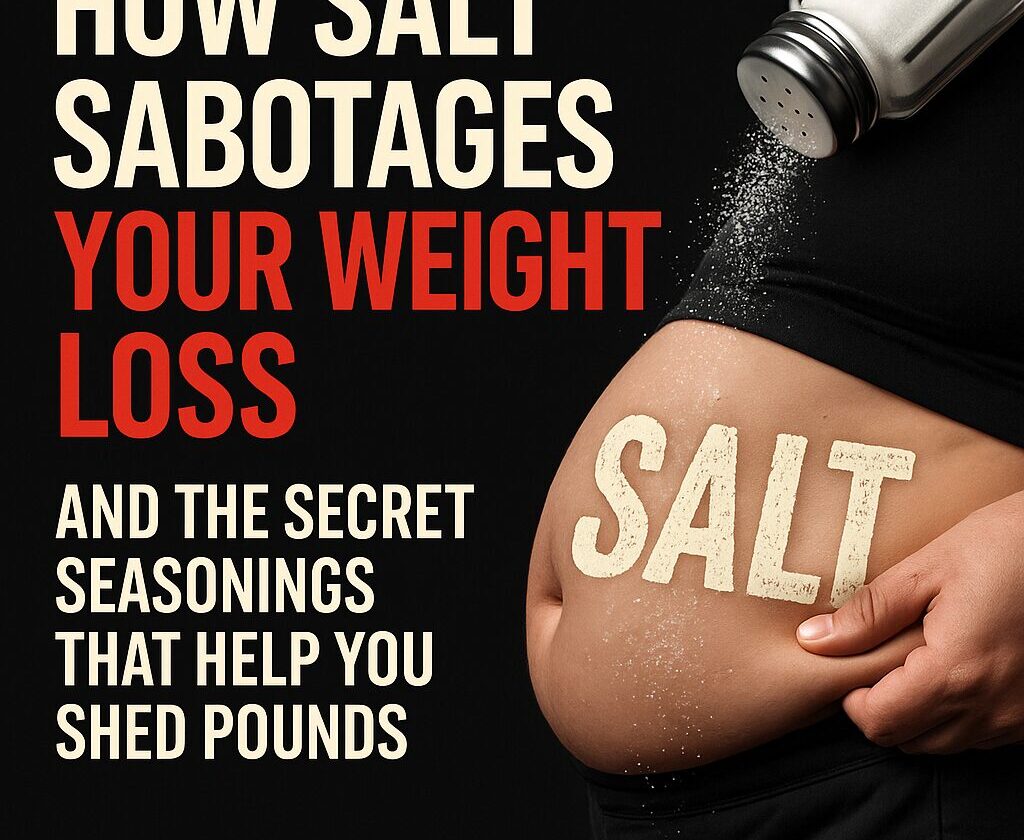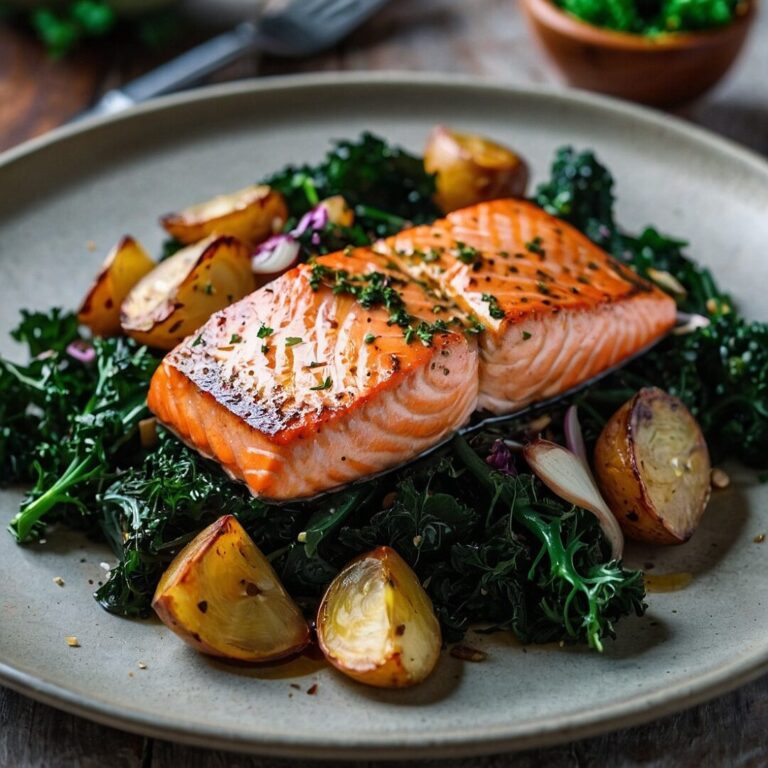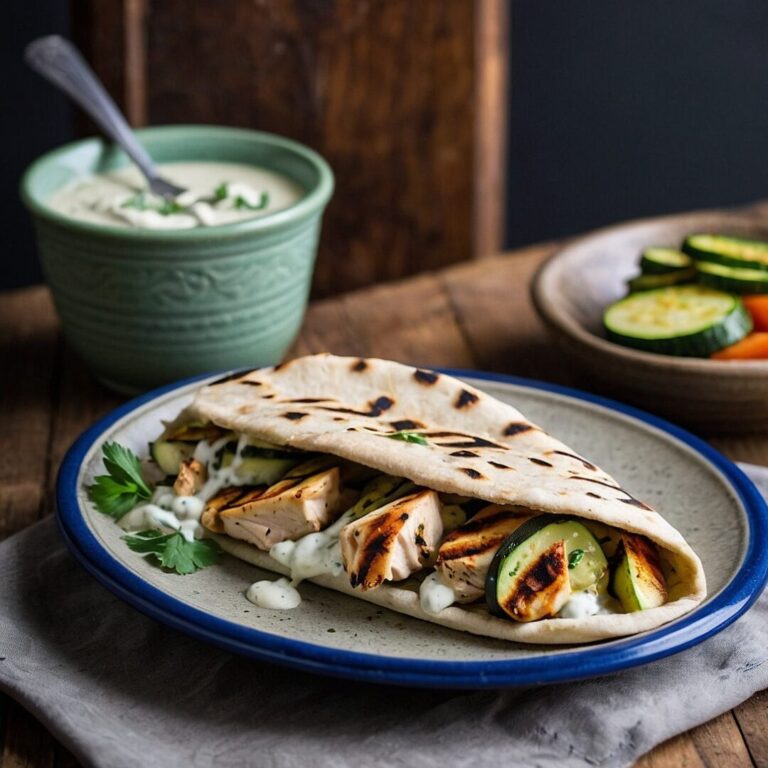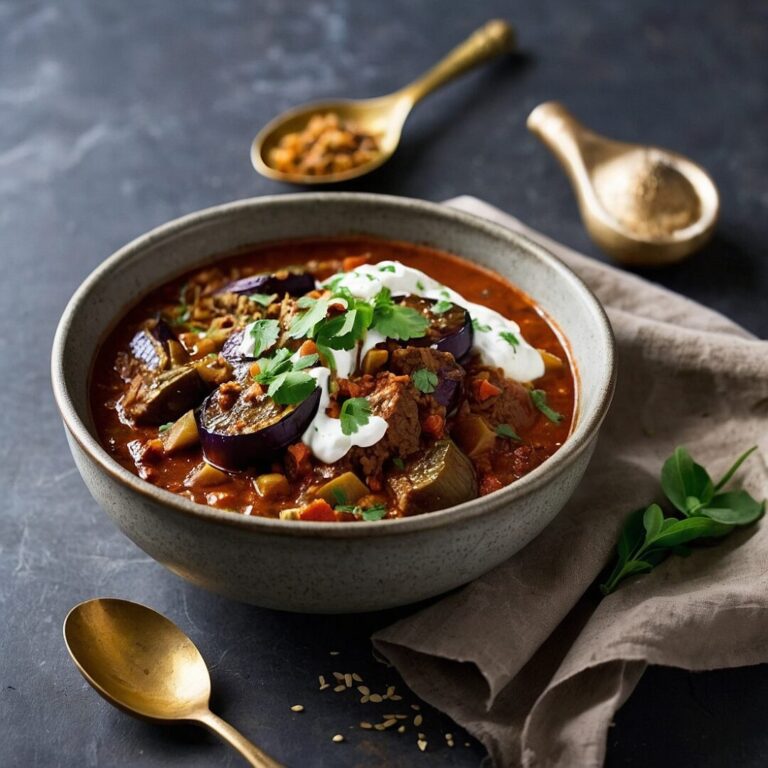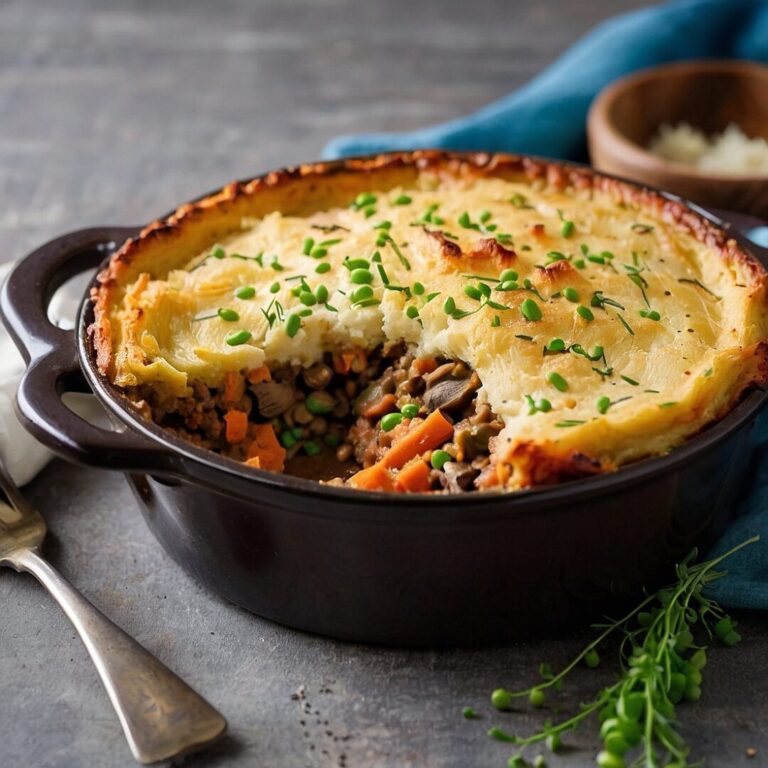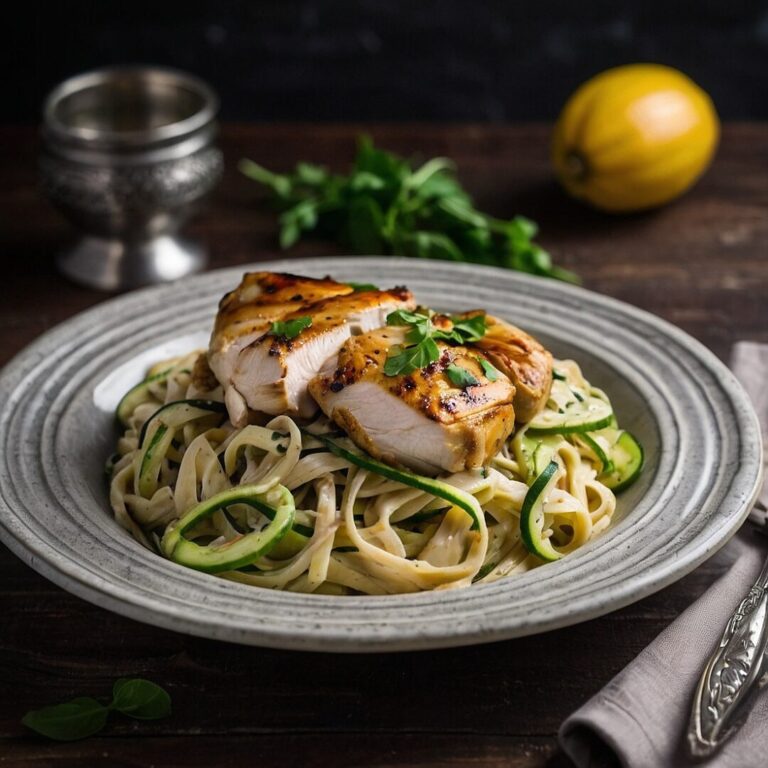The Silent Saboteur in Your Kitchen
You’re doing everything “right.” Eating healthier. Moving more. Maybe even counting calories or carbs. But the scale won’t budge. Before you blame yourself or your metabolism, consider this: could the real culprit be salt?
Salt is the seasoning we never question. It’s on every restaurant table, in every processed snack, and hidden in so-called “healthy” convenience foods. Yet excessive sodium intake isn’t just bad for your blood pressure — it may be quietly derailing your weight loss efforts in ways most diets completely overlook.
This guide breaks down the physiology of sodium, its impact on water retention, metabolism, and appetite, and introduces science-backed, flavor-packed seasoning alternatives that help you shed pounds without sacrificing taste.
Section 1: The Water Weight Trap — How Sodium Bloats Your Cells
The Science:
Sodium is an essential electrolyte that helps maintain fluid balance, nerve function, and muscle contraction. But when consumed in excess — especially more than the recommended 2,300mg/day (which most Americans far exceed) — sodium causes your body to retain water.
“Where salt goes, water follows.” — It’s a basic principle of osmosis. When you consume salty foods, your body holds onto more water to dilute the concentration of sodium in your bloodstream. This water accumulates in your tissues and cells, leading to visible bloating, puffiness, and — crucially — the illusion of fat gain.
The Impact:
- Scale Frustration: A high-sodium meal can cause an overnight weight gain of 2–5 pounds — not from fat, but from water retention.
- Body Image Distortion: Bloating masks muscle tone and creates puffiness around the face and midsection, making you look heavier even when you’re not.
- Increased Cell Swelling: This chronic fluid retention can also inhibit cellular energy output, leading to fatigue and reduced exercise performance.
Sources:
- He, F. J., & MacGregor, G. A. (2009). A comprehensive review on salt and health and current experience of worldwide salt reduction programmes. Journal of Human Hypertension, 23(6), 363-384.
- CDC. (2023). Sodium and Your Health. Retrieved from https://www.cdc.gov/salt/index.htm
Section 2: The Hidden Hunger Cycle — Salt’s Influence on Appetite and Cravings
Salt doesn’t just make food taste better — it triggers biological responses that make you want to eat more, especially of high-fat, high-carb foods.
Key Findings:
- Sodium activates dopamine receptors, increasing pleasure and reward response during eating.
- It can delay satiety signals, meaning you feel full later and eat more.
- High-sodium diets are correlated with higher intake of sugar-sweetened beverages and snack foods, both of which are tied to increased abdominal fat.
“Salt creates a craving loop. It doesn’t just flavor your food — it hijacks your hunger.”
Why This Matters for Weight Loss: If you’re eating salty foods, you’re more likely to:
- Overeat
- Drink more sugary drinks (to quench salt-induced thirst)
- Misread your body’s real hunger signals
Sources:
- Breslin, P. A. (2013). An evolutionary perspective on food and human taste. Current Biology, 23(9), R409-R418.
- Ma, Y., He, F. J., MacGregor, G. A. (2015). High salt intake: independent risk factor for obesity? Hypertension, 66(4), 843-849.
Section 3: Chronic Inflammation & Metabolic Disruption
While water retention and cravings are the most immediate effects of salt on weight, there are deeper metabolic consequences, especially if you’re overweight or insulin resistant.
What the Research Shows:
- High sodium intake has been linked to increased cortisol levels, a stress hormone that promotes fat storage around the belly.
- Excess salt may worsen insulin resistance, making it harder for your body to use carbs efficiently, which encourages fat storage.
- Sodium overload can worsen chronic inflammation, which not only stalls fat loss but also damages blood vessels and organs.
Sources:
- Farquhar, W. B., Edwards, D. G., Jurkovitz, C. T., & Weintraub, W. S. (2015). Dietary sodium and health: more than just blood pressure. Journal of the American College of Cardiology, 65(10), 1042-1050.
- Whelton, P. K. (2014). Sodium, blood pressure, and cardiovascular disease: what the data show. American Journal of Clinical Nutrition, 99(2), 248S–255S.
Section 4: Secret Seasonings That Support Natural Fat Loss
Cutting salt doesn’t mean cutting flavor. In fact, many herbs and spices not only make food taste better but actively support weight loss, blood sugar control, and inflammation reduction.
Top Low-Sodium, High-Benefit Flavor Boosters:
- Smoked Paprika – Adds depth and smokiness without salt; contains capsaicin which boosts metabolism.
- Turmeric – Anti-inflammatory powerhouse; pairs well with veggies, soups, and grains.
- Garlic Powder (no salt) – Natural appetite suppressant and metabolic booster.
- Cumin – Supports digestion and may reduce belly fat in overweight women.
- Lemon Zest + Juice – Brightens any dish and supports liver detox pathways.
- Fresh Herbs (basil, parsley, thyme) – Add freshness, antioxidants, and visual appeal.
- Vinegars (balsamic, apple cider) – Enhance flavor while improving blood sugar response.
Pro Tip: Use spice blends labeled “No Salt Added” or make your own with a base of onion powder, garlic powder, smoked paprika, and a citrus zest.
Section 5: Real Food, Real Change — Low-Sodium Meal Ideas That Work
Here are simple, satisfying, low-sodium meals that reduce water retention, balance blood sugar, and help you feel lighter and more energized:
? Lemon-Herb Chicken Bowl
- Grilled chicken breast with olive oil, lemon zest, garlic, quinoa, and steamed broccoli
- Sodium: ~350mg | Carbs: ~45g | High in fiber + protein
? Loaded Turkey Lettuce Tacos
- Ground turkey seasoned with cumin, smoked paprika, garlic; served in romaine shells with avocado and cabbage slaw
- Sodium: ~400mg | Healthy fats + anti-inflammatory
? Spiced Lentil & Veggie Stew
- Carrots, celery, lentils, turmeric, ginger, onion, tomato paste
- Sodium: ~300mg (use low-sodium broth or homemade)
? Savory Veggie Scramble
- Eggs or tofu with spinach, bell peppers, onion, turmeric, and nutritional yeast
- Sodium: ~250mg | Great for blood sugar balance
Each of these meals skips the salt overload while still delivering rich flavor, metabolic support, and satiety.
Conclusion: Salt Isn’t Just a Seasoning — It’s a Signal
Salt used to preserve food. Today, it often preserves our worst habits. It tells our bodies to hold water, crave more, eat more, and store fat. But you can turn that signal around.
By choosing bold, healing flavors from nature’s spice rack and keeping sodium in check, you do more than reduce bloat — you take back control of your hunger, your hormones, and your health.
So if you’re stuck on your weight loss journey, don’t blame your willpower. Look at your seasoning.
Salt is easy to fix. Healing is intentional. And it tastes great.
Want more anti-inflammatory, low-sodium recipes designed for real results? Try Recipe Shop free for 2 weeks — no credit card required. Let food start working for you.
